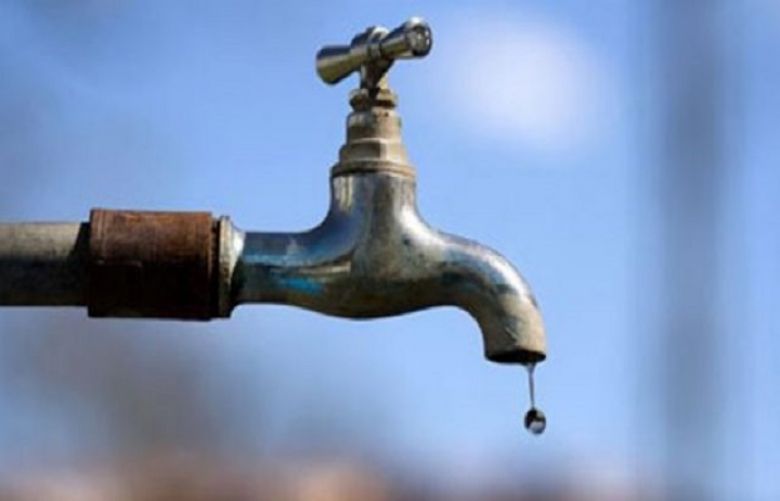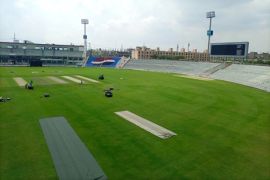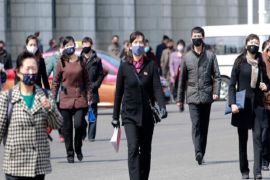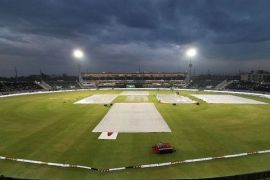Around 90 per cent of water supplied to Karachi is unfit for human consumption because it is contaminated with presence of bacteria, a report revealed on Saturday.
The report, based on laboratory analysis of the water samples collected from the surface and underground water sources from different parts of the city, was submitted to a judicial commission headed by Justice Muhammad Iqbal Kalhoro.
The commission was formed by the Supreme Court to probe into the authorities’ failure in providing clean drinking water to the residents of the province and improving sanitation conditions.
The report was submitted by a task force formed by the commission to ensure implementation of the directives issued by the top court as well as the commission.
The report read that 118 drinking water samples were collected from different parts of Karachi – 99 from surface water sources i.e. the water supply system, water filtration plants, the water pumping stations of the Karachi Water and Sewerage Board, etc, 13 from underground water sources, three from reverse osmosis plants and three from the mixed (ground and surface) sources.
The report concluded that of the 118 sample, 104 (88.1 per cent) were found unsafe for human consumption because of the presence of colifroms (bacteriological contamination) beyond the WHO recommended value (0/100ml cfu) for safe drinking water.
Besides, 40 (33.4 per cent) samples were found to be contaminated with fecal matter i.e. E.coli colonies (cfu/ml) counts were found within a range exceeding the WHO limit of (0/100ml cfu) for safe drinking water.
The report disclosed that the presence of E.coli indicates the mixing of sewage water with drinking water sources.
“Overall data shows that out of total 118 samples, 107 (90.7 per cent) were found unsafe for human consumption while only 11 samples (9.3 per cent) were found fit for human consumption for analysed parameters under the prescribed standards,” the report read. “The main reason for the unsafe results is supply of raw water (untreated) with filtered water, improper chlorination, mixing of sewerage water and water supply lines/sources, silting of pumping stations/water storage tanks,” it added.







